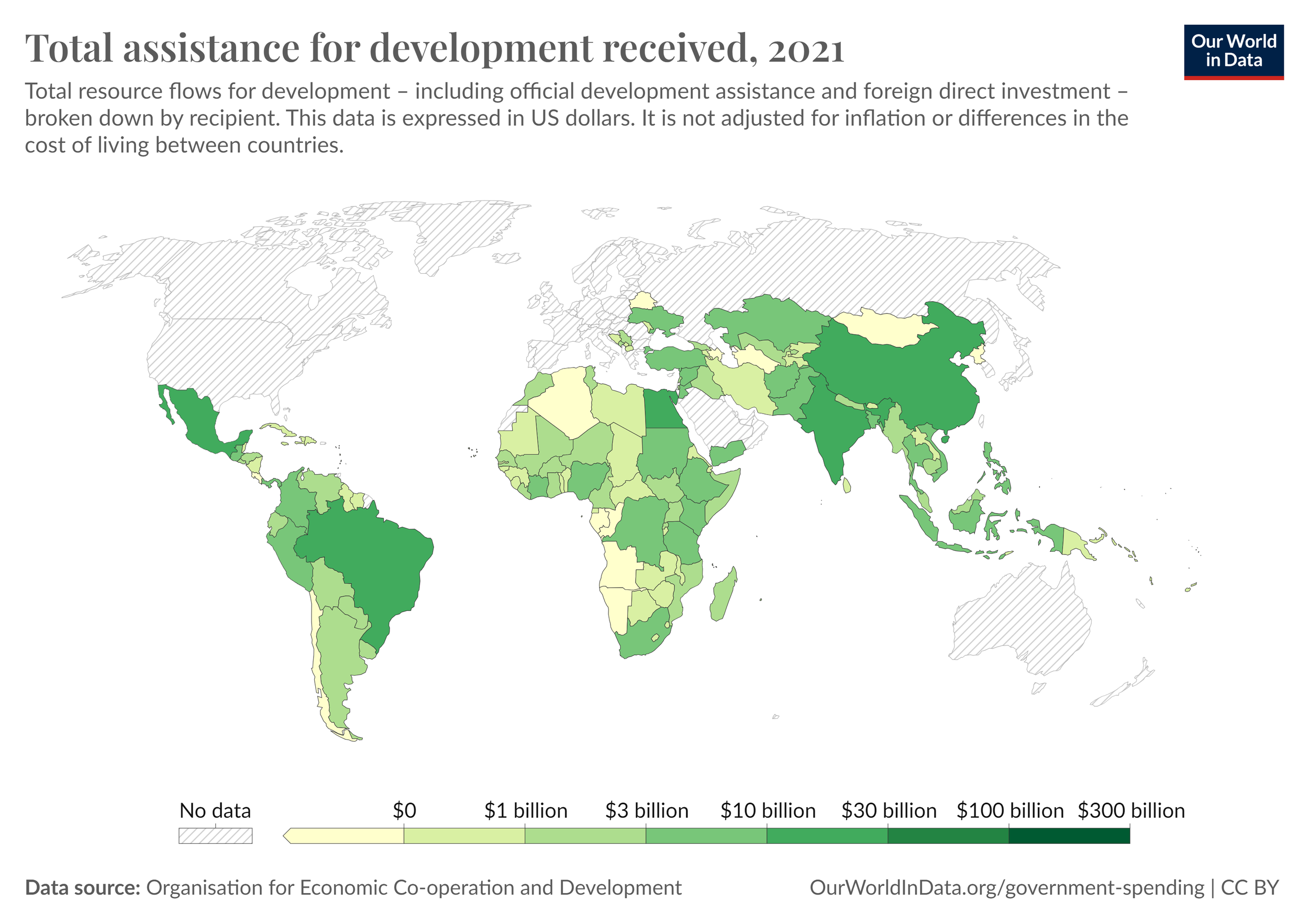SDG #10 is to “Reduce inequality within and among countries.”
Within SDG #10 are 10 targets, of which we here focus on Target 10.7:
Facilitate orderly, safe, regular and responsible migration and mobility of people, including through the implementation of planned and well-managed migration policies
Target 10.7 has four indicators:
Indicator 10.7.1: Recruitment cost borne by employee as a proportion of monthly income earned in country of destination
Indicator 10.7.2: Proportion of countries with migration policies that facilitate orderly, safe, regular and responsible migration and mobility of people
Indicator 10.7.3: Number of people who died or disappeared in the process of migration towards an international destination
Indicator 10.7.4: Proportion of the population who are refugees, by country of origin
This target’s focus on migration introduces us to the work of the IOM, the UN’s migration agency.
There’s inadequate data for this target’s first indicator about the cost borne by a worker to find work abroad. But Bangladesh has data. It shows for 2020, it cost Bangladeshis travelling abroad the equal of 17 months pay to secure work.
In considering Indicator 10.7.2, of relevance is the IOM’s Migration Governance Framework. This sets out the principles to ensure “orderly, safe, regular and responsible migration.” The Framework guides governments how to plan for and manage migration. Among all countries, only 62 countries have policies meeting this criterion.
Indicator 10.7.3 brings us to the work of the Missing Migrants Project. This tracks deaths along international migratory routes, amounting to an estimated 65,400 since 2014. In 2022, the Missing Migrants Project reported 5,935 migrants to have died or disappeared in such circumstances.
The UNHCR (UN High Commissioner for Refugees) is the UN’s refugee agency. The UNHCR works in complement with the IOM to support the 117.3 million displaced refugees worldwide as of 2023. One of the key international treaties guiding UNHCR’s work is the 1951 Refugee Convention.
The share of refugees among the world population as of 2022 was 398 per 100,000. Per country of origin, in 2022, the highest concentration of refugees came from:
Venezuela
Central African Republic
South Sudan
Eritrea
Ukraine
Syria
In each of these countries, between a tenth to a third of their respective populations had fled abroad as refugees.

















































